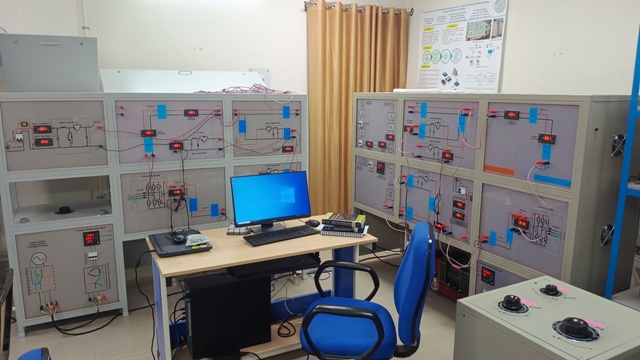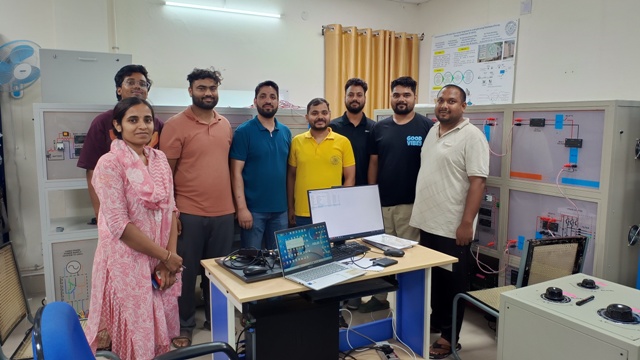The future of power system
education is being reshaped by innovative setups like the Zonal DC Microgrid,
designed specifically for research and experimentation. This advanced system is
structured into two zonal microgrids, providing a platform where students can
explore the real-time workings of power grids. The core functionality lies in
its ability to isolate faults: when a fault is introduced into one zone, the
other zone remains unaffected and continues to function normally. This unique
feature mirrors real-world grid resilience and highlights the importance of
fault isolation and system reliability. Students are given the flexibility to
adjust the voltage levels of 3-4 DC buses, enabling custom testing scenarios
that replicate conditions found in modern power systems. This hands-on approach
is invaluable for understanding the different zone configurations, including
ring, mesh, loop, and radial zones, empowering students to comprehend both
traditional and evolving grid structures.
What sets this microgrid apart is
its inclusion of renewable energy sources like a Wind Turbine Emulator based on
Doubly Fed Induction Generator (DFIG), photovoltaic (PV) panels, and a fuel
cell with battery storage. These sources provide a comprehensive learning
environment that emphasizes the growing role of renewable energy in modern
grids. Students can experiment with integrating these sources, studying how
energy is generated, stored, and distributed across the grid under varying
conditions. The fuel cell and battery storage offer insights into energy
management strategies, crucial for balancing supply and demand, especially in
decentralized grids. By merging theoretical knowledge with practical
experimentation, the Zonal DC Microgrid not only enhances student learning but
also advances research in fault tolerance, energy storage, and grid
flexibility—paving the way for the future of smart and resilient power systems.


